

Articles
How To Store Summer Sausage
Modified: May 6, 2024
Learn the best tips and techniques for storing summer sausage in this informative article. Discover how to keep your sausage fresh and delicious all year round.
(Many of the links in this article redirect to a specific reviewed product. Your purchase of these products through affiliate links helps to generate commission for Storables.com, at no extra cost. Learn more)
Introduction
Welcome to the world of summer sausage! This delicious cured meat is a popular treat, especially during the summer months. Its rich flavor and versatility make it a favorite for picnics, barbecues, and charcuterie boards. But just like any perishable food, proper storage is key to maintaining the freshness and quality of summer sausage.
In this article, we will explore the importance of proper storage for summer sausage and provide you with helpful guidelines to ensure its longevity. Whether you’ve just bought a fresh batch of summer sausage or have leftovers from a weekend gathering, we’ve got you covered on how to store it safely and effectively.
So, let’s dive in and discover the best practices for storing summer sausage!
Key Takeaways:
- Proper storage of summer sausage is crucial for maintaining its flavor, texture, and safety. Follow guidelines for refrigeration, freezing, and vacuum sealing to ensure its longevity and quality.
- Implement tips for maintaining quality, such as proper handling, slicing as needed, and avoiding temperature fluctuations, to preserve the deliciousness of your summer sausage for longer periods.
Read more: How To Store Sausage Casings
Why is Proper Storage Important?
Proper storage is crucial for summer sausage to maintain its flavor, texture, and safety. Here are a few key reasons why it is important to store summer sausage correctly:
- Preserving Freshness: Proper storage helps to keep summer sausage fresh for a longer period. When exposed to air and improper conditions, the sausage can quickly spoil, leading to off-flavors and potential health risks.
- Preventing Spoilage: Summer sausage contains high levels of moisture and fat, making it susceptible to bacterial growth. Without appropriate storage, harmful bacteria like E. coli and Salmonella can thrive, leading to foodborne illnesses.
- Maintaining Quality: By storing summer sausage correctly, you can maintain its desired texture and taste. Poor storage conditions can result in drying out or becoming overly moist, causing a loss of flavor and overall quality.
- Minimizing Waste: Properly stored summer sausage will stay fresh longer, reducing the likelihood of spoilage and waste. This ensures that you can enjoy every last slice and get the most value out of your purchase.
Now that we understand the importance of proper storage, let’s delve into the guidelines for storing summer sausage to ensure its longevity and safety.
General Guidelines for Storing Summer Sausage
Whether you have homemade summer sausage or store-bought, following these general guidelines will help you store it properly:
- Keep it cool: Summer sausage should always be stored in a cool environment. The ideal temperature range is between 35°F and 40°F (1.7°C and 4.4°C). Avoid storing it at room temperature, as this can promote bacterial growth.
- Protect from light and heat: Exposure to direct sunlight or high temperatures can cause summer sausage to spoil quicker. Store it in a dark, cool place away from heat sources like stoves, ovens, or direct sunlight.
- Use airtight packaging: To prevent moisture loss and exposure to air, wrap your summer sausage tightly in plastic wrap or place it in a sealed container. Make sure there are no openings or holes that could compromise its freshness.
- Avoid cross-contamination: When storing summer sausage, it is essential to prevent cross-contamination with other foods. Keep it separate from raw meat, poultry, or seafood to avoid potential contamination.
- Label and date: To maintain organization and freshness, label your stored summer sausage with the date of purchase or storage. This will help you keep track of its age and ensure you consume it before it reaches its expiration date.
- Rotate your stock: If you have multiple summer sausages, make sure to rotate them properly. Use the oldest ones first to avoid any spoilage or loss of quality.
- Inspect for signs of spoilage: Before consuming or storing summer sausage, always check for signs of spoilage. These may include an abnormal odor, slimy texture, or mold. If you notice anything unusual, discard it immediately.
By following these general guidelines, you can ensure that your summer sausage remains fresh, flavorful, and safe for consumption. In the next sections, we will explore specific storage methods, including refrigeration and freezing, as well as the benefits of vacuum sealing.
Refrigerator Storage
When it comes to storing summer sausage, refrigeration is one of the most common and convenient methods. Here are some steps to follow for proper refrigerator storage:
- Wrap it tightly: Wrap the summer sausage tightly in plastic wrap or use airtight containers to prevent any air exposure. This will help maintain its moisture content and prevent it from drying out.
- Select the coldest area: Place the wrapped summer sausage in the coldest part of your refrigerator, such as the meat or deli drawer. The temperature in this area is typically colder and more consistent than other parts of the fridge.
- Keep it separate: Ensure that the summer sausage is stored separately from other food items, especially raw meats. This prevents any cross-contamination and maintains its quality.
- Check and rotate: Regularly check the stored summer sausage for any signs of spoilage, such as an odd odor or mold. Rotate the sausage as needed, using older ones before the fresher ones to ensure no wastage.
- Consume within recommended time: While the shelf life of properly stored summer sausage in the refrigerator can vary, it is typically recommended to consume it within one to two weeks to enjoy the best quality and taste.
Remember, refrigeration can help prolong the freshness and quality of summer sausage, but it is not a long-term storage solution. If you want to store summer sausage for a longer duration, freezing is the way to go, as we will explore in the next section.
Store summer sausage in the refrigerator in its original packaging or wrapped tightly in plastic wrap. It can also be frozen for longer storage, just make sure to thaw it in the refrigerator before using.
Freezer Storage
If you have a large quantity of summer sausage or want to store it for an extended period, freezing is the ideal storage method. Follow these steps to ensure proper freezer storage:
- Wrap it airtight: To protect the summer sausage from freezer burn and maintain its quality, wrap it tightly in plastic wrap or aluminum foil. Alternatively, you can use freezer bags or vacuum-sealed bags for added protection.
- Label and date: Properly label each wrapped summer sausage package with the date of freezing. This allows you to keep track of its storage duration and consume the oldest ones first.
- Choose an appropriate container: If using freezer bags, ensure they are sturdy and designed for freezing. If using plastic containers, make sure they are freezer-safe and have a tight seal to prevent air exposure.
- Select an optimal freezer temperature: Set your freezer to a temperature of 0°F (-18°C) or below. This helps to maintain the quality and safety of the summer sausage for a longer period.
- Store in a organized manner: Arrange the wrapped summer sausages in an organized manner, stacking them neatly to maximize freezer space. Avoid overcrowding, as this can impact airflow and freeze unevenly.
- Monitor storage duration: While frozen summer sausage can last for several months, it is recommended to consume it within three to six months for the best quality. Over time, the taste and texture may deteriorate.
- Thawing frozen summer sausage: When you’re ready to enjoy the frozen summer sausage, thaw it in the refrigerator overnight or use the defrost setting on your microwave. Avoid thawing it at room temperature to prevent bacterial growth.
By following these freezer storage guidelines, you can safely store summer sausage for an extended period while maintaining its freshness and flavor.
However, if you want to achieve even better results in terms of preservation, taste, and texture, consider using vacuum-sealing before freezing, as discussed in the next section.
Read more: How To Store Chocolate In Summer
Vacuum Sealing Summer Sausage
Vacuum sealing is a popular method to extend the shelf life and maintain the quality of summer sausage. By removing air from the packaging, you can prevent freezer burn and keep the sausage fresh for a longer period. Here’s how to vacuum seal summer sausage:
- Prepare the sausage: Ensure that the summer sausage is properly wrapped in plastic wrap or butcher paper to protect it from direct contact with the vacuum sealer.
- Place in vacuum-seal bag: Insert the wrapped summer sausage into a vacuum-seal bag. Be sure to leave enough space at the top for sealing.
- Seal the bag: Attach the open end of the vacuum-seal bag to the vacuum sealer and follow the manufacturer’s instructions to seal the bag. The machine will remove the air and create an airtight seal.
- Label and date the bag: Once sealed, label the bag with the date of packaging. This helps you keep track of its storage duration and consume the oldest sausage first.
- Freeze or refrigerate: Depending on your storage needs, you can either freeze the vacuum-sealed summer sausage or store it in the refrigerator. Properly labeled bags are essential for easy identification.
- Thawing vacuum-sealed sausage: When you’re ready to consume the vacuum-sealed summer sausage, thaw it in the refrigerator overnight. This gradual thawing prevents any loss of moisture and maintains the taste and texture.
Vacuum-sealing summer sausage not only increases its shelf life but also helps to preserve its flavor and texture. The airtight packaging prevents oxidation and freezer burn, resulting in a fresher and more enjoyable eating experience.
Remember to follow the guidelines for freezer storage, mentioned earlier, when vacuum-sealing summer sausage for long-term storage.
By utilizing the vacuum sealing method, you can extend the lifespan of your summer sausage and enjoy its deliciousness at your convenience.
Tips for Maintaining Quality
To ensure the best possible quality and flavor of your summer sausage, consider implementing these tips:
- Proper handling: Always handle summer sausage with clean hands and use clean utensils or knives when slicing. This helps to prevent any cross-contamination and maintain its freshness.
- Slice as needed: Instead of slicing the entire summer sausage at once, only slice what you plan to consume. This helps to preserve the remaining sausage and prevents excessive exposure to air.
- Re-wrap leftovers: If you have leftover sliced summer sausage, re-wrap it tightly in plastic wrap or place it in airtight containers before storing it in the refrigerator.
- Avoid temperature fluctuations: Rapid temperature changes can affect the quality of summer sausage. Try to minimize opening and closing the refrigerator or freezer doors frequently, as this can cause fluctuations in temperature.
- Avoid storing near strong odors: Summer sausage can absorb odors easily. Keep it away from strongly scented foods or items in the refrigerator to prevent any flavor transfer.
- Frequent checks: Regularly check the stored summer sausage for any signs of spoilage, such as an off odor, sliminess, or mold. Promptly discard any sausage that shows signs of spoilage.
- Store in small portions: If you frequently use summer sausage in recipes or as a snack, consider portioning it into smaller packages before storing. This way, you can thaw only the amount you need each time.
- Optimize storage time: While summer sausage can be frozen for several months, it is best to consume it within the recommended storage duration for optimal quality and flavor.
By following these tips, you can ensure that your summer sausage maintains its quality, flavor, and safety for as long as possible.
Conclusion
Proper storage is paramount when it comes to preserving the freshness and quality of summer sausage. With the right techniques and guidelines, you can ensure that your favorite cured meat stays delicious for longer periods.
Refrigeration is a convenient option for short-term storage, while freezing is ideal for long-term preservation. By keeping summer sausage cool, protected from light and heat, and stored in airtight packaging, you can maintain its flavor and texture.
For even better results, consider vacuum sealing your summer sausage before freezing. This method helps to prevent freezer burn and extends the shelf life while preserving the taste and quality.
Adhering to proper handling and storage practices, such as slicing as needed, re-wrapping leftovers, and avoiding temperature fluctuations, will help you maintain the overall quality of your summer sausage.
Remember to check for signs of spoilage regularly and discard any sausage that appears moldy or has an off odor. Labeling and dating your stored summer sausage can help you keep track of its age and avoid any wastage.
By following these guidelines and implementing key tips, you can ensure that your summer sausage remains fresh, safe, and delectable for all your upcoming gatherings, picnics, or simply a satisfying snack.
So, go ahead and enjoy the flavorful journey of summer sausage, knowing that you have all the knowledge required to store it properly and make the most of its delightful taste.
Now that you've mastered storing summer sausage, consider other types of meat you often keep at home. If unsure about how long you can safely keep meats chilled, our next read offers invaluable guidance. With clear advice on meat preservation, you'll gain confidence in managing everything from beef to poultry, ensuring nothing goes to waste. Don't miss out on practical tips that can save you time, money, and prevent food spoilage. Stay informed and keep your ingredients at their best!
Frequently Asked Questions about How To Store Summer Sausage
Was this page helpful?
At Storables.com, we guarantee accurate and reliable information. Our content, validated by Expert Board Contributors, is crafted following stringent Editorial Policies. We're committed to providing you with well-researched, expert-backed insights for all your informational needs.



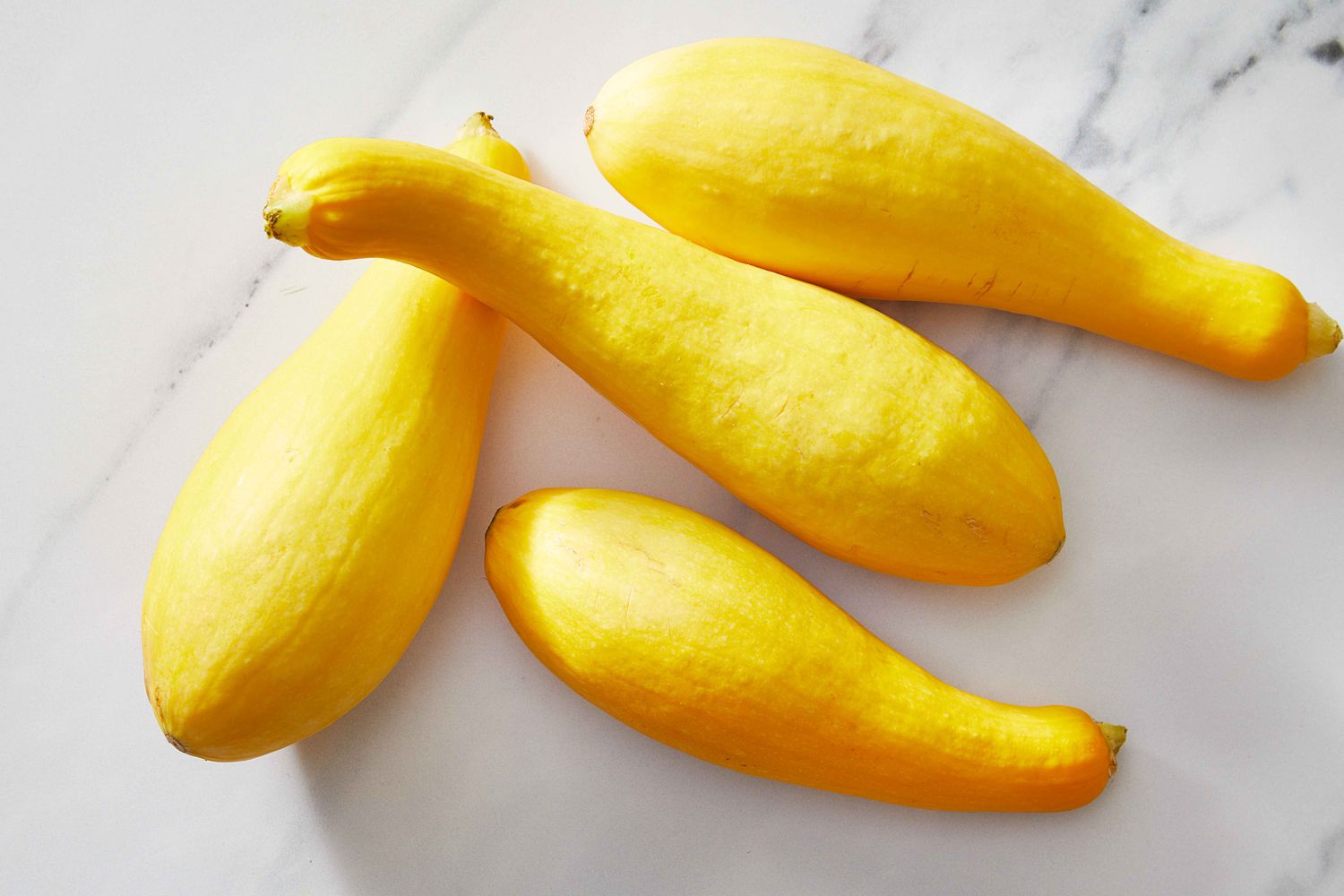

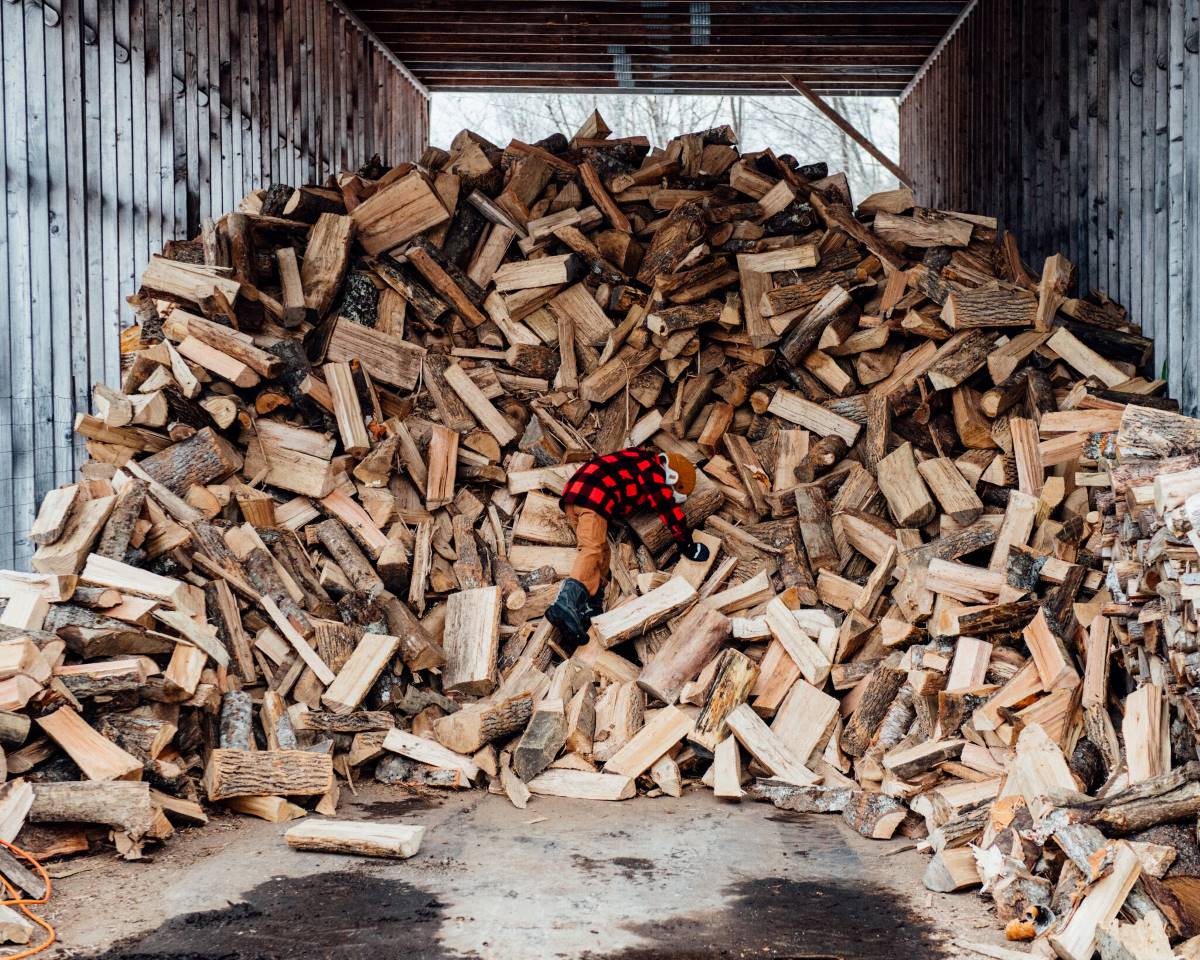
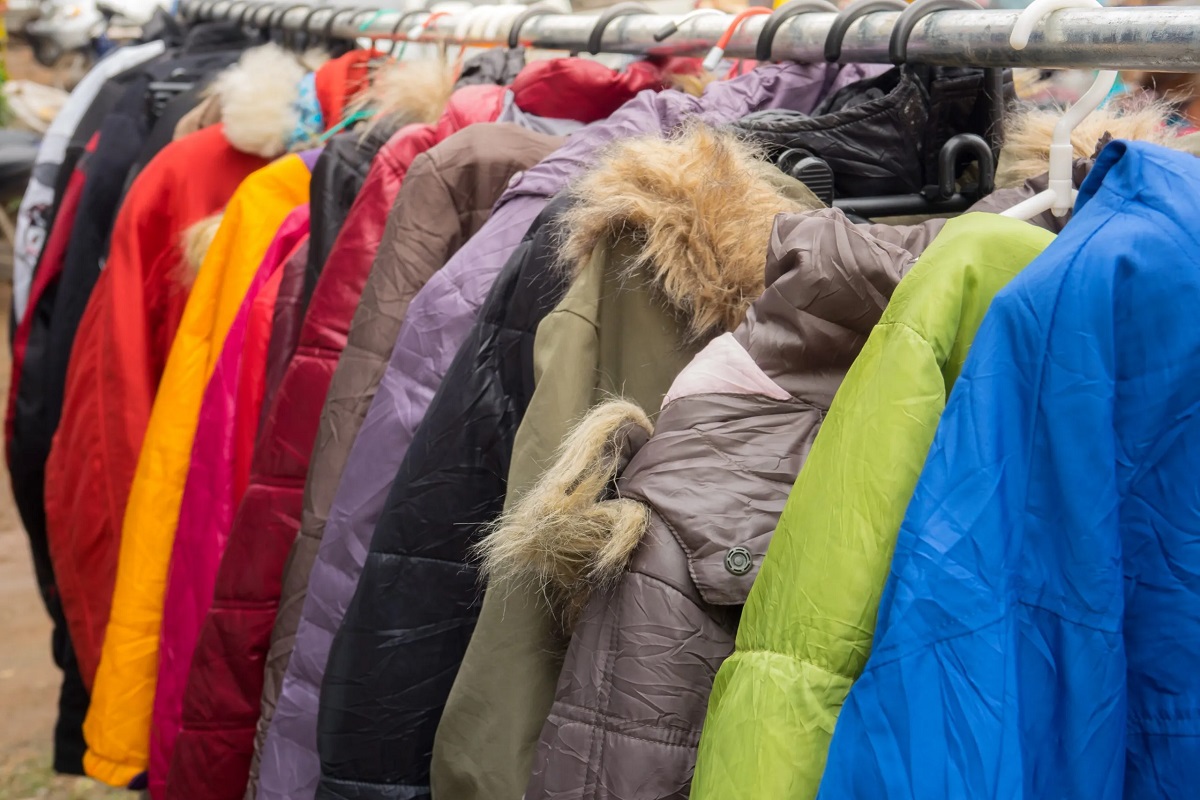
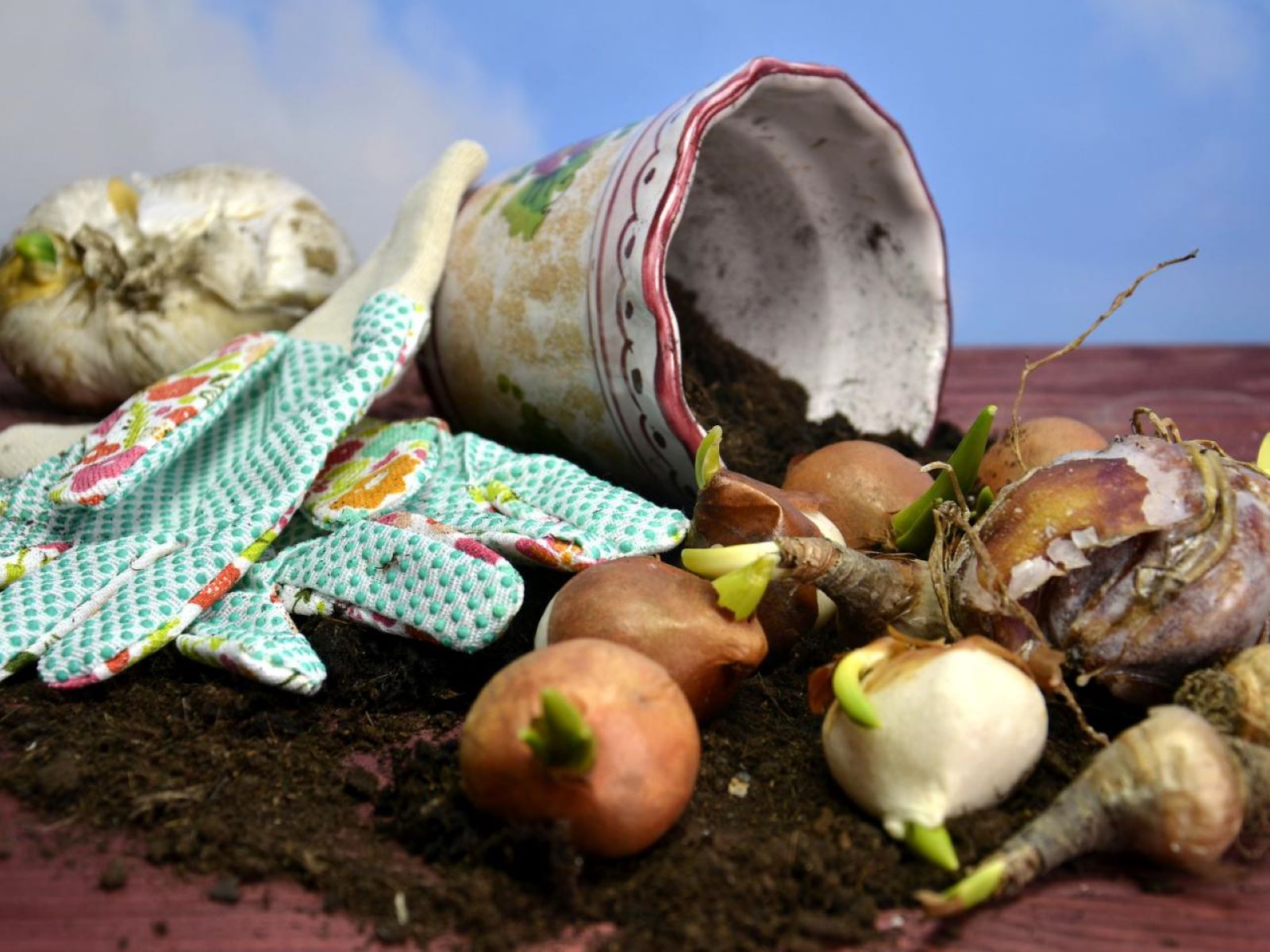

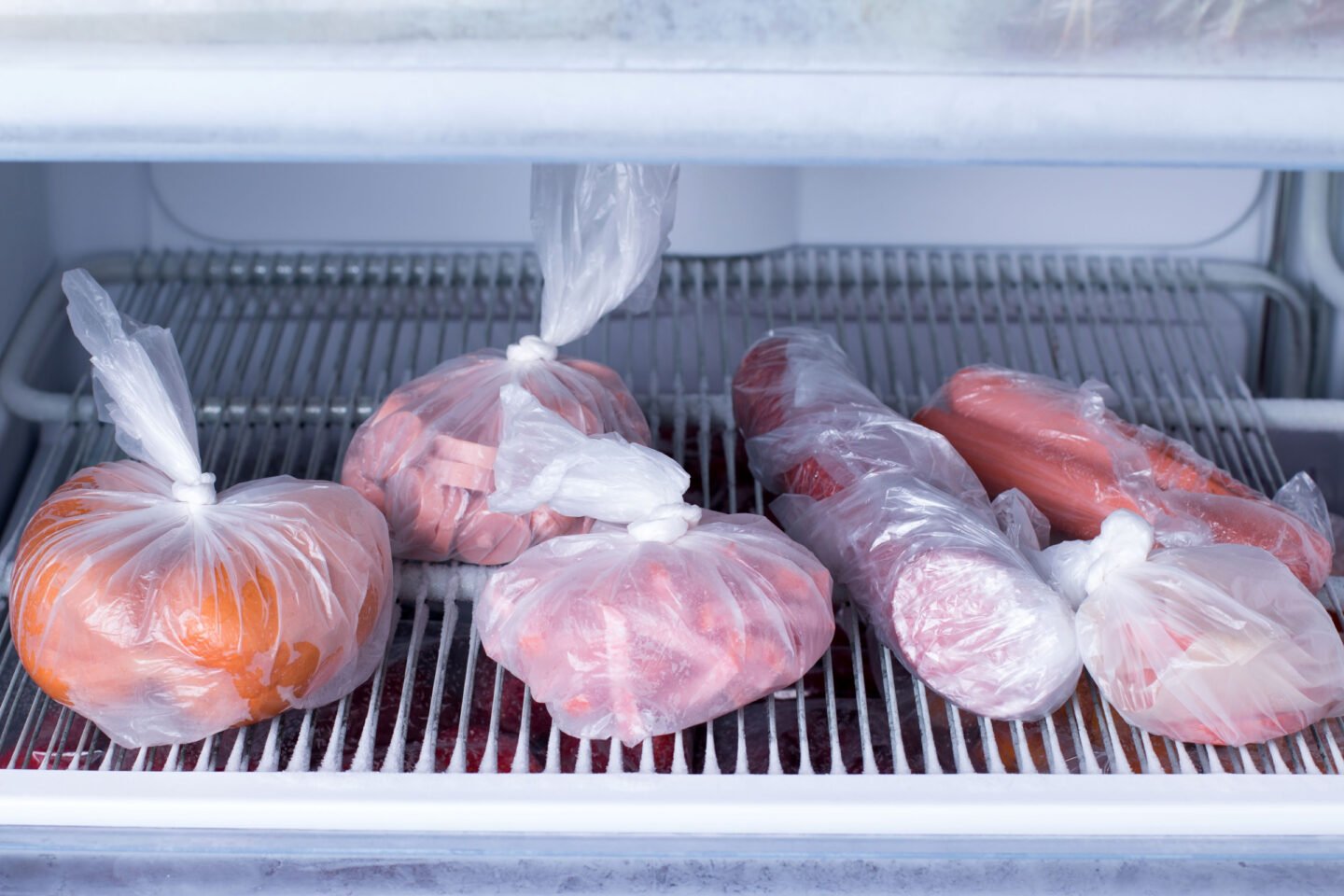
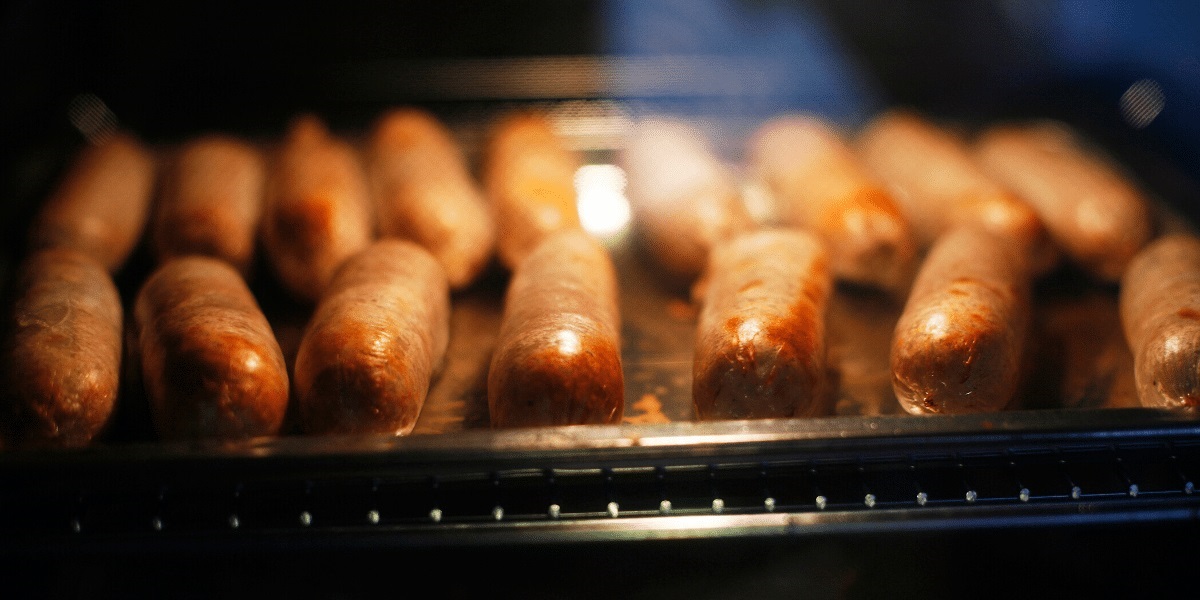
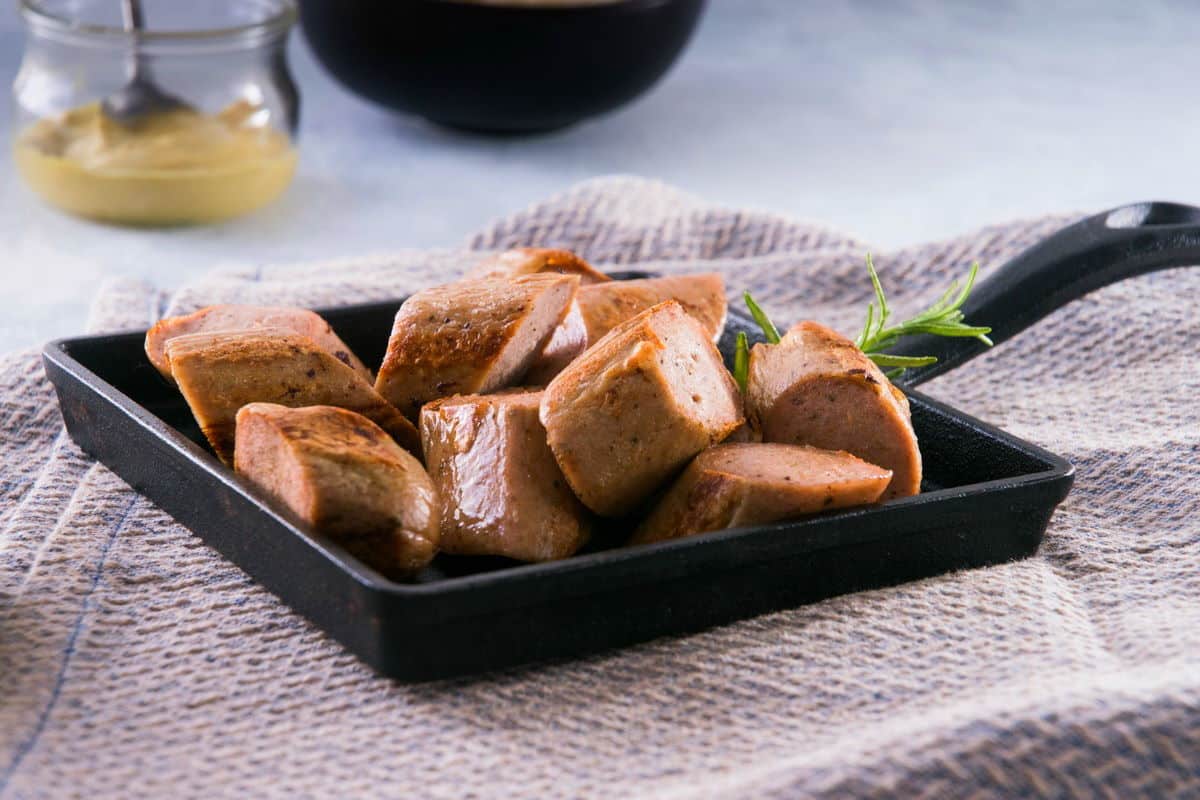



0 thoughts on “How To Store Summer Sausage”